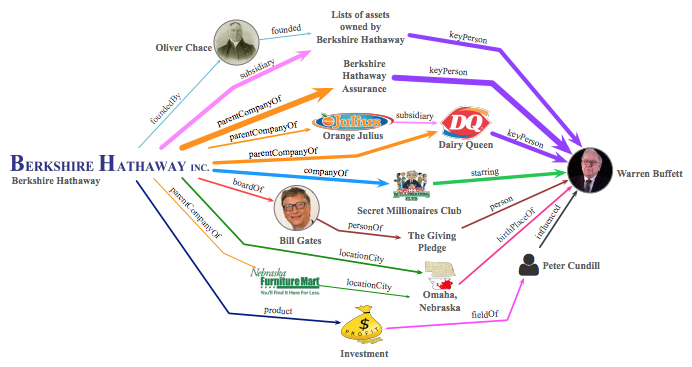
Traditional fact checking by expert journalists cannot keep up with the enormous volume of information that is now generated online. Computational fact checking may significantly enhance our ability to evaluate the veracity of dubious information.
We have shown that the complexities of fact checking can be captured by finding the shortest path between concept nodes under properly defined semantic proximity metrics on knowledge graphs. Framed as a network problem this approach is feasible with efficient computational techniques. Such approaches can be designed to not only be scalable and effective at assessing veracity of dubious claims, but also to boost a human fact checker’s productivity by surfacing relevant facts and patterns to aid their analysis. We evaluated this approach by examining tens of thousands of claims related to history, entertainment, geography, and biographical information using a public knowledge graph extracted from Wikipedia. Statements independently known to be true consistently receive higher support via our method than do false ones.
We also developed a network-flow based approach. We showed that computational fact checking amounts to finding a “knowledge stream” that emanates from a subject node and flows toward an object node through paths connecting them. Evaluation on a range of real-world and hand-crafted datasets of facts related to entertainment, business, sports, geography and more reveals that this network-flow model can be very effective in discerning true statements from false ones, outperforming existing algorithms on many test cases. Moreover, the model is expressive in its ability to automatically discover several useful path patterns and surface relevant facts that may help a human fact checker corroborate or refute a claim.
These findings represent a significant step toward scalable computational fact-checking methods that may one day mitigate the spread of harmful misinformation.
Team






